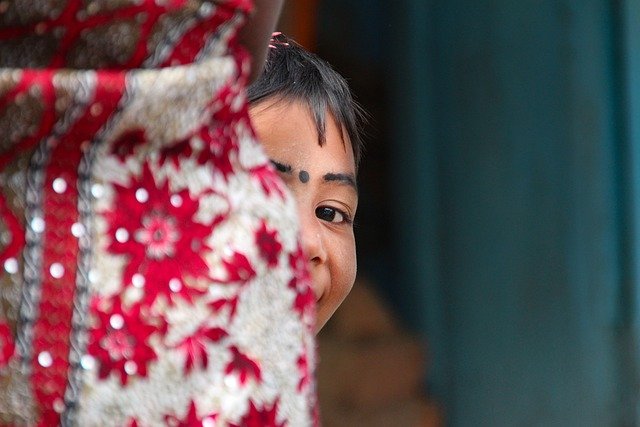Costumes: Clothing and Design in Festivals and Tradition
Costumes play a central role in how communities present stories, beliefs, and identities. From folk garments worn at regional festivals to theatrical outfits created for performance, costumes combine clothing, cultural meaning, and practical design. This article explains what costumes are, how they relate to festivals and tradition, and what influences their construction and contemporary uses.

Clothing: What defines a costume?
A costume is a form of clothing that serves a purpose beyond everyday wear, often signifying a role, period, or concept. Costumes can be historical recreations, ceremonial garments, or stylized outfits for performance. Distinctive features include symbolic colors, specific silhouettes, and accessories that communicate identity or status. Materials range from everyday textiles to elaborate fabrics and embellishments. Function is also important: costumes must enable movement, endure repeated use in performances, or be carefully preserved for heritage purposes. The line between costume and fashion can blur when traditional dress becomes mainstream clothing.
Festivals: How costumes shape celebration
Festivals provide a prominent context for costumes, where attire helps mark occasions, seasons, and communal narratives. In many cultures, festival costumes signal participation and belonging—masks and robes in carnivals, embroidered garments at harvest festivals, or ritual dress during religious observances. Costumes often incorporate motifs tied to the festival’s meaning, such as seasonal symbols or mythological figures. Practical considerations include weather, crowd movement, and safety. Festival costume makers balance authenticity and spectacle, ensuring garments read well from a distance while honoring cultural expectations and logistical constraints.
Culture: What costumes express about identity
Costumes communicate cultural identity by visibly encoding values, history, and social structures. Elements such as pattern, color, and ornamentation can reference regional craftsmanship, social status, or communal stories. For minority or indigenous communities, traditional costumes can be a medium of resistance and preservation, reinforcing continuity across generations. Costume choices also respond to intercultural exchange: trade, migration, and media influence can introduce new materials and hybrid styles. Understanding a costume requires attention to its provenance—who wore it, when, and why—so clothing becomes a lens for cultural anthropology as well as aesthetic appreciation.
Tradition: How historical practices influence costumes
Traditional costumes often arise from long-standing practices—religious rites, agricultural cycles, or guild customs—and carry conventions about cut, color, and use. Many traditional garments began as practical solutions to local climates and resources, later gaining symbolic layers. Preservation involves techniques such as textile conservation, pattern documentation, and apprenticeship in craft methods. Revival movements sometimes reconstruct lost techniques from museum collections and oral histories. At the same time, traditions evolve: ceremonial garments may be simplified for contemporary contexts, or younger makers reinterpret motifs, creating dynamic continuity rather than static replication.
Design: Materials, construction, and modern approaches
Costume design blends artistry and technical skill. Designers consider silhouette, proportion, movement, and visibility, choosing materials that meet durability, comfort, and aesthetic needs. Techniques include pattern drafting, draping, tailoring, dyeing, and embellishment—beading, embroidery, or printing. Sustainable and ethical sourcing are growing priorities, with designers seeking responsibly produced textiles or upcycling vintage pieces. Technology also shapes design: digital patterning, 3D printing for accessories, and LED-integrated fabrics expand possibilities. Collaboration with cultural custodians and performers ensures design decisions respect context and function while exploring new expressions.
Costumes intersect clothing, festivals, culture, tradition, and design in ways that are practical, expressive, and socially meaningful. Whether created for a theatrical production, a seasonal celebration, or daily cultural practice, costumes are more than garments: they encode stories, enable rituals, and reflect ongoing exchanges between makers, wearers, and communities. Appreciating costumes responsibly involves attention to provenance, craft, and the lived meanings they carry.






